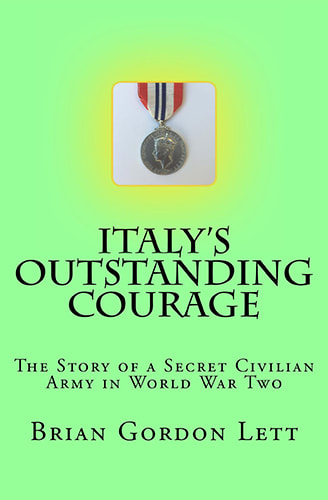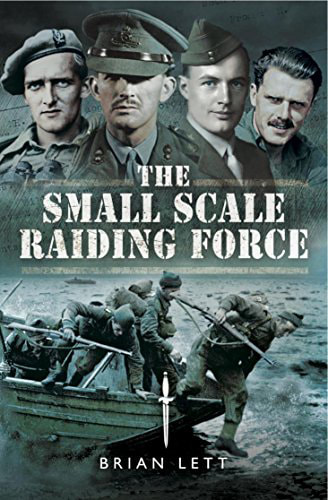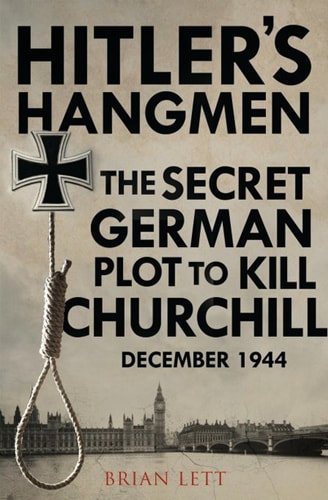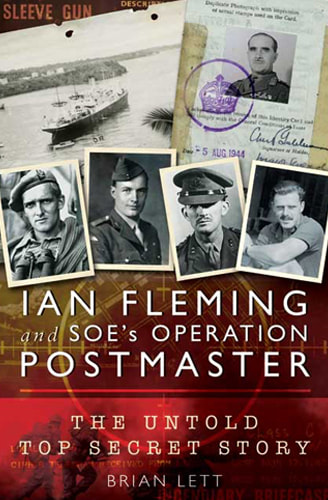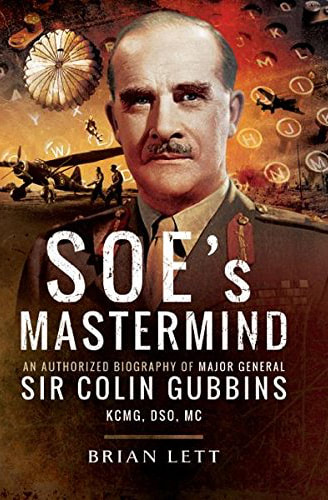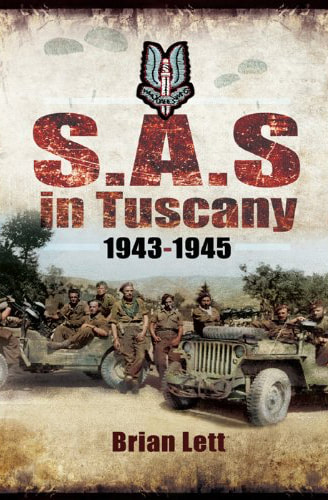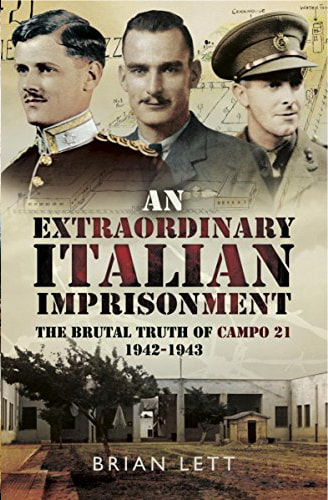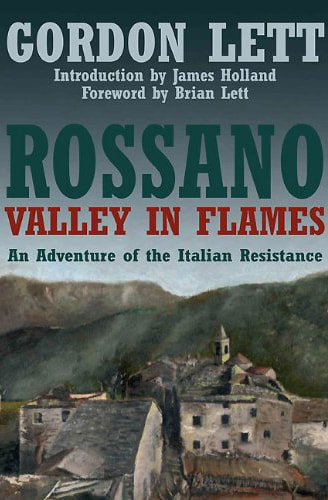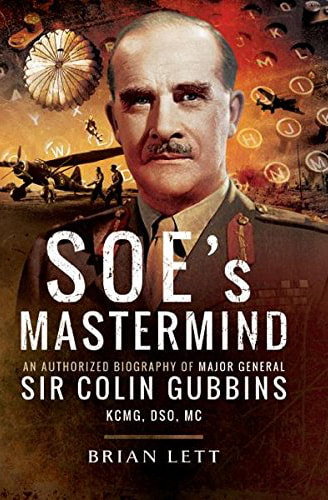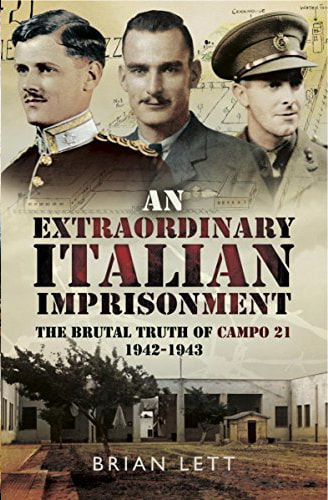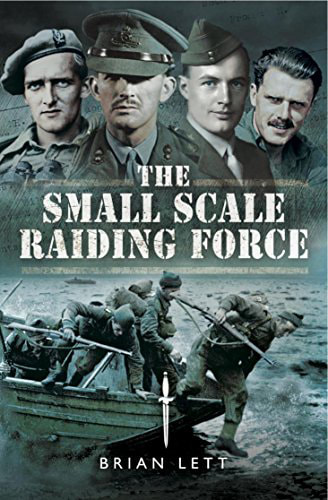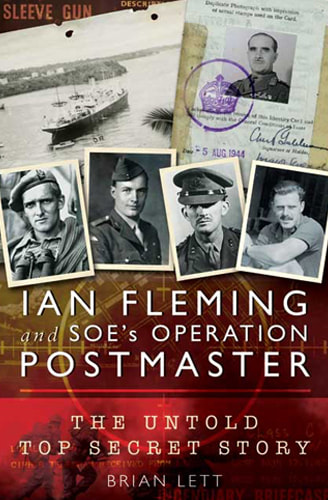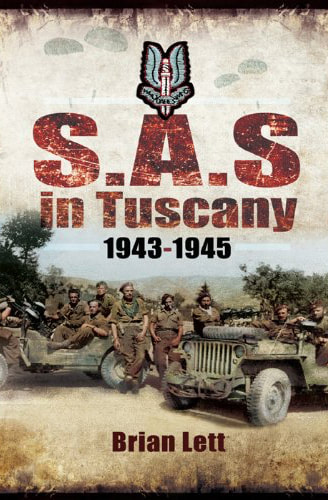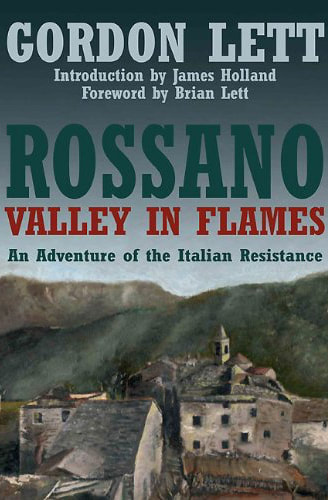hitler's hangmen
the secret plot to kill churchill
by Brian Lett. Published 2019, Pen and Sword
|
In May 1940, the United Kingdom of Great Britain and Northern Ireland faced imminent defeat at the hands of Nazi forces in Europe, and feared that there would consequently be a German invasion of their homeland. On 10 May 1940, Prime Minister Neville Chamberlain resigned, and Winston Churchill took over. One of the first things that Churchill did was to arrest and detain most of the Fascist leaders in the United Kingdom, under the wartime Defence Regulations. The fear was that in the event of an invasion, the British Fascists would rush to help the invading German troops, and that the likes of Sir Oswald Mosley, Baronet, would order his many followers to rise up in arms against the British Government. The evacuation of the British Expeditionary Force and many of its Allies from Dunkirk at the end of May and beginning of June confirmed the likelihood of an imminent German invasion of Britain.
|
italy's outstanding courage
the story of a secret civilian army in word war tw0
by Brian Lett. Published 2018, Dela Cresa Publishing in English and Italian.
|
Much has been written about Italy in World War Two, most of it derogatory. This book tells the story of the outstanding courage of those Italian civilians [some ex-military] who helped the 25,000 Allied escapers and evaders who were on the loose in Italy after the Armistice of September 1943. It was proved after the war that more than 62,000 Italian families helped Allied escapers and evaders. Men, women and children were involved, and more than 200 gave their lives for the Allied Cause. Helping Allied Escapers was punishable with death, or, even worse, deportation to Mauthausen Concentration Camp where the inmates were worked and beaten to death.
|
SOE's Mastermind - sir colin gubbins
by Brian Lett. Published 2016, Pen and Sword
|
Ian Fleming’s James Bond is now a global phenomenom. Bond’s boss in the Fleming books was known by the code name M, a senior military figure who ran “the British Secret Service”. In Fleming’s books, M was, of course, a man. In my researches for “Ian Fleming and SOE’s Operation Postmaster”, I discovered, as that book tells, that there really had been a secret service chief in World War Two who used the code name M. He was Major General Sir Colin Gubbins, who ran the secret service known as the Special Operations Executive [SOE]. Ian Fleming knew Gubbins, and worked with him for a while. As it happens, my mother and father also knew Gubbins, and I myself met him a number of times when I was a youngster. I decided that my next book would be a biography of Sir Colin.
|
Sir Colin Gubbins was a remarkable man, who escaped from Germany at the beginning of World War One; fought on the Western Front throughout that war as a gunner; served in Archangel, Northern Russian in the war against the Bolsheviks in 1919; served for three years in Ireland during the worst of the troubles and the beginning of the civil war there; served for eight years in India during the Ghandi unrest, fought in Poland and Norway in the early years of World War Two, ran the British Resistance organisation known as the Auxiliary Units in 1940 preparatory to an expected German invasion, and then became the Head of Operations and Training for SOE, and eventually its overall boss. As M he was responsible for a number of vitally important secret operations.
Writing his biography proved to be the most substantial historical task that I have yet undertaken, but his story is a most fascinating one. I am particularly grateful to his grandson, Michael Gubbins, who has given me extensive help, and who has allowed me access to many fascinating private letters and papers.
“SOE’s Mastermind – an authorised biography of Major General Sir Colin Gubbins” was published in July 2016 by Pen and Sword.
Writing his biography proved to be the most substantial historical task that I have yet undertaken, but his story is a most fascinating one. I am particularly grateful to his grandson, Michael Gubbins, who has given me extensive help, and who has allowed me access to many fascinating private letters and papers.
“SOE’s Mastermind – an authorised biography of Major General Sir Colin Gubbins” was published in July 2016 by Pen and Sword.
an extrAodinary italian imprisonment
by Brian Lett. Published 2014, Pen and Sword
|
This book provides a unique insight into PG 21, a notorious Italian Camp for Allied POWs, at Chieti between August 1942 and September 1943. Superbly researched and written by an experienced published author who has made the Italian campaign his speciality, it exposes shocking mistreatment by the prison staff.
PG 21 was grossly overcrowded, with little running water, no proper sanitation, and in winter no heating despite the harsh climate. Indeed conditions for the POWs, including their food and clothing, were so bad that they were debated in the House of Commons. The prisoners suffered under a violently pro- Fascist regime. The first Commandant personally beat up one recaptured escaper. A pilot was murdered by an Italian guard following his escape attempt. Tunnels were dug, and the prisoners were even prepared to swim through human sewage to try and get out. Remarkably morale in the camp remained high due to the resourcefulness of the inmates. Two England cricket internationals staged a full scale cricket match and theatre and music also thrived. |
After the Italian Armistice in September 1943, the Senior British Officer, whose conduct was controversial, refused to allow the ex-prisoners to leave the camp although a number defied this order. Germans took over the camp and, in time, most prisoners were transported to Germany. Some managed to hide, and more than half of these subsequently escaped. After the war, a number of the Camp staff were arrested for war crimes.
"An Extraordinary Italian Imprisonment is a fascinating, if shocking, read and Brian Lett’s narrative skills are once again amply demonstrated." WHERE IS THIS FROM?
"An Extraordinary Italian Imprisonment is a fascinating, if shocking, read and Brian Lett’s narrative skills are once again amply demonstrated." WHERE IS THIS FROM?
the small scale rading force
by Brian Lett. Published 2013, Pen and Sword
|
This book is the sequel to Ian Fleming and SOE's Operation Postmaster and tells the story of the Small Scale Raiding Force from its conception in February 1942 until it was finally dissolved in North Africa in May 1943, and follows certain of its leading members to the end of the war.
The Force was set up by Colin Gubbins, code name M, as his Secret Navy, and was initially staffed exclusively by men of the Special Operations Executive, M’s “licensed to kill” secret agents. They were led by Gus March-Phillipps, Geoffrey Appleyard, Graham Hayes and Anders Lassen, the “James Bonds” recently returned from the triumph of Operation Postmaster in West Africa. The Force was operated under Lord Mountbatten’s Combined Operations, but M’s remained the guiding hand. It was, as Churchill described, a “hand of steel” that reached out to the enemy coast, and killed or captured German troops. The inspirational March-Phillipps planned and led the raids until disaster befell the Force on 13 September 1942, when March-Phillipps was killed. |
Hayes was captured and later executed by the Gestapo. Appleyard took over as operational commander, and in October 1942, Lieutenant Colonel Bill Stirling became the overall commander.
The Force continued its raids until February 1943, when it divided, and the main part was posted to North Africa. When the Force was finally dissolved in May 1942, Appleyard joined the newly formed 2 SAS, and Lassen joined the SBS. Both were killed before the end of the war, Lassen in the act of winning the Victoria Cross.
The Force continued its raids until February 1943, when it divided, and the main part was posted to North Africa. When the Force was finally dissolved in May 1942, Appleyard joined the newly formed 2 SAS, and Lassen joined the SBS. Both were killed before the end of the war, Lassen in the act of winning the Victoria Cross.
Ian Fleming and soe's Operation Postmaster - the top secret story behind 007
by Brian Lett. Published 2012, Pen and Sword
|
The Real James Bond –
The story that Ian Fleming was forbidden to tell As an experienced lawyer I am an expert in assessing evidence, and presenting a case. Whilst researching material for another historical book, and examining recently opened files at the National Archives, I came upon evidence of a spymaster who really was known by the code name of M, and who ran a Secret Service that contained, amongst others, Commando Secret Agents who were trained and “licensed” to kill. When I then discovered that the real M had been in close contact with Ian Fleming, the author of the James Bond books, and identified the exciting and exotic operation upon which M and Ian Fleming had worked together, it was a straightforward task to identify the real James Bond. |
My researches establish without doubt who the models for Ian Fleming’s James Bond and M were, and reveal the most exciting story of the secret operation on which they and Ian Fleming were engaged – an operation so secret that Ian Fleming was forbidden to talk or write about it throughout his life. That ban remained in force for many years afterwards. Only now, for the first time, is the truth to be told.
the SAS in Tuscany
Published 2011, Pen and Sword
|
In this book I relate the story of three SAS operations in Northern Tuscany between 1943 and 1945. I know the area well, and have walked many of the routes described in the book.
The first was Operation Speedwell 2, in which six men of the 2nd Special Air Service Regiment dropped blind into Italy on the early morning of 8 September 1943. They had no radio communication and no ground support, and had not even been told that the Italian Armistice was due to be announced within hours of their arrival. Their mission was to sabotage as many of the railways in the area as possible, and then either to ex-filtrate hundreds of miles to the south, or to lie low until the Allied advance over-ran them. Four were captured, and were executed in accordance with Adolf Hitler’s notorious Commando Order. Two escaped to the south, but only one succeeded in crossing the front line into enemy territory. His escape had taken him seven months. I deal not only with the Operation itself, but also with the war crimes investigation and trial after the war had been won. |
The second operation was Operation Galia, in December 1944. I trace how conditions in Northern Tuscany had changed by that time, due to the emergence of the Italian partisans, and the efforts of the Special Operations Executive. My father was in place as the British Partisan Liason Officer in the valley of Rossano, high in the mountains above the Magra Valley, and he arranged for the men of Operation Galia to drop onto a secure Dropping Zone in the valley. The operation that followed was an enormous success, despite the most extreme of winter weather conditions. At one point, the thirty-three men of the SAS tied up thousands of enemy troops, as the Germans unsuccessfully attempted to hunt them down and to curtail their sabotage operations.
The third operation, Operation Blimey, should have been the most successful of them all. Twenty-four men of 2 SAS were dropped into Rossano on 6 April 1945, to assist the final Allied push by sabotaging German lines of communication, and generally making a nuisance of themselves. They had excellent ground support, detailed intelligence on the area, and decent weather. Yet they achieved very little.
I examine the reasons for the success or failure of the various operations, and the support that the SAS received from the local Italians, who gave food, shelter and support at enormous danger and cost to themselves. I have spent many hours talking with the Italian veterans of the various campaigns, and have had the benefit of my father’s original archive as well the results of my own detailed researches at the National Archives and the Imperial War Museum.
The third operation, Operation Blimey, should have been the most successful of them all. Twenty-four men of 2 SAS were dropped into Rossano on 6 April 1945, to assist the final Allied push by sabotaging German lines of communication, and generally making a nuisance of themselves. They had excellent ground support, detailed intelligence on the area, and decent weather. Yet they achieved very little.
I examine the reasons for the success or failure of the various operations, and the support that the SAS received from the local Italians, who gave food, shelter and support at enormous danger and cost to themselves. I have spent many hours talking with the Italian veterans of the various campaigns, and have had the benefit of my father’s original archive as well the results of my own detailed researches at the National Archives and the Imperial War Museum.
Rossano - a valley in flames
by Gordon Lett. Preface by Brian Lett. Introduction by James Holland.
First published in 1949 in Italian. Published 2011, Frontline Books.
First published in 1949 in Italian. Published 2011, Frontline Books.
|
In September 1943, my father, Major Gordon Lett escaped from a Prisoner of War camp in the north of Italy, and made his way to the mountain valley of Rossano in Northern Tuscany. There he was sheltered by Italian peasants [contadini] as he awaited an expected Allied landing between La Spezia and Genoa, which never came.
In November 1943, he was asked by anti-fascist Italians to help to organise a resistance movement to fight against the Germans and Fascists. He set up the “International Battalion” of partisans, and fought with them behind the lines for eighteen months. He was recruited as a Partisan Liason Officer by the Special Operations Executive in July 1944. He was reinforced by a parachute drop of Special Air Service troopers in December 1944, with whom he fought as a part of the very successful Operation Galia until the middle of February 1945. He ex-filtrated through the enemy front line in March 1945, to assist in the final Allied push, which resulted in the end of the war in Italy in early May 1945. He was awarded the Distinguished Service Order for his work behind enemy lines. |
In his book “Rossano”, originally published by Hodder and Stoughton in 1955, my father, Gordon Lett, tells the tale of his time in the mountains, and of the strong bond that he formed with the people of the area. His book has been described as:
|
To a fine story, sad yet heartening, Gordon Lett imparts an elegiac quality.
THE SUNDAY TIMES |
An admirable book, carefully and modestly told. THE DAILY TELEGRAPH
|
Quite simply, to my mind, there is no finer account of the partisan war by an English Writer. JAMES HOLLAND
|
As humane and observant as Eriic Newby’s “Love and War in the Appenines”, Gordon Lett’s memoir of his role with the resistance in occupied Italy is one of the finest accounts from the Second World War of behind-the-lines fighting. RODERICK BAILEY
The 2011 Frontline Books edition includes an introduction by my father himself, written in 1971, together with a preface by me and a foreward by James Holland.
